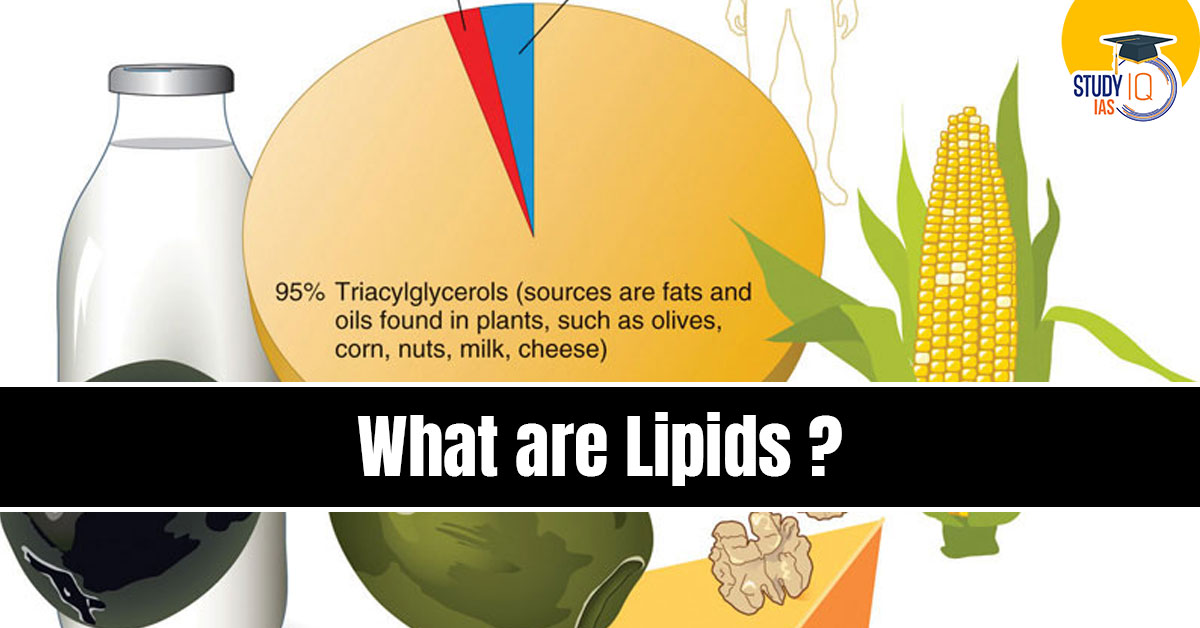Context: According to a new study from the CSIR-Centre for Cellular and Molecular Biology (Hyderabad), lipids—fats in cells—also guide evolution by interacting closely with proteins, especially in cell membranes.
What are Lipids?
- Lipids are fats that make up a major part of cell membranes.
- They form the outer layer of cells, known as the cell membrane, along with proteins.
- They are essential for various functions in living organisms, including energy storage, insulation, etc.
- Lipids are insoluble in water but soluble in non-polar solvents.
Types of Lipids
- Triglycerides (Fats and Oils): Major form of stored energy.
- Phospholipids: Form the main structural component of cell membranes.
- Steroids: Include cholesterol, which is a precursor to hormones.
- Waxes: Found in plant cuticles and animal skin
Lipids differ in plants and animals
- Plant lipids have kinkier tails due to polyunsaturated fatty acids → offer more flexibility.
- Animal lipids have a straighter → more rigid structure.


 SIPRI Report on Global Arms Spending and...
SIPRI Report on Global Arms Spending and...
 RNA-Based Antiviral for Deadly Agricultu...
RNA-Based Antiviral for Deadly Agricultu...
 Comprehensive Remote Sensing Observation...
Comprehensive Remote Sensing Observation...





















